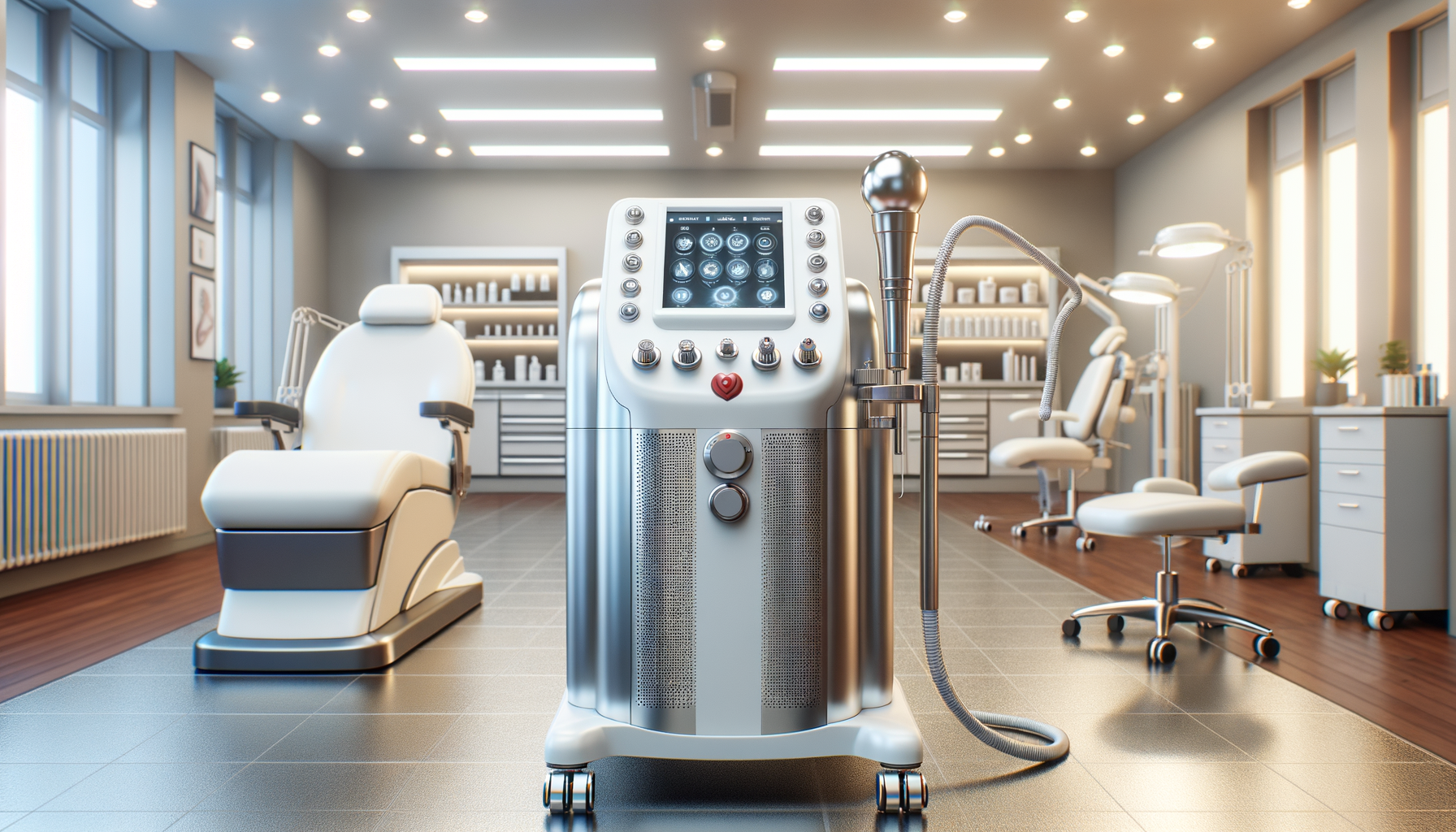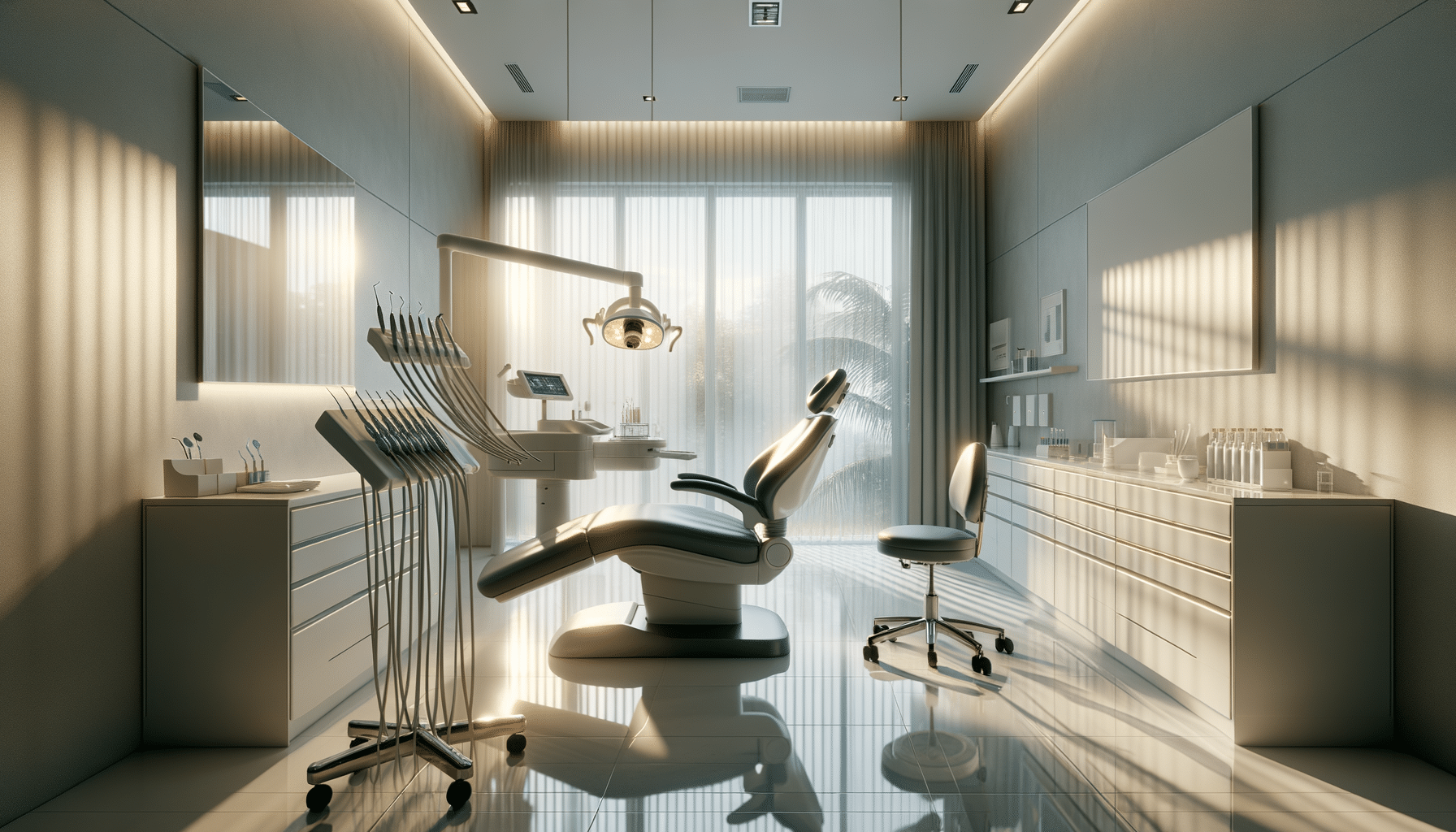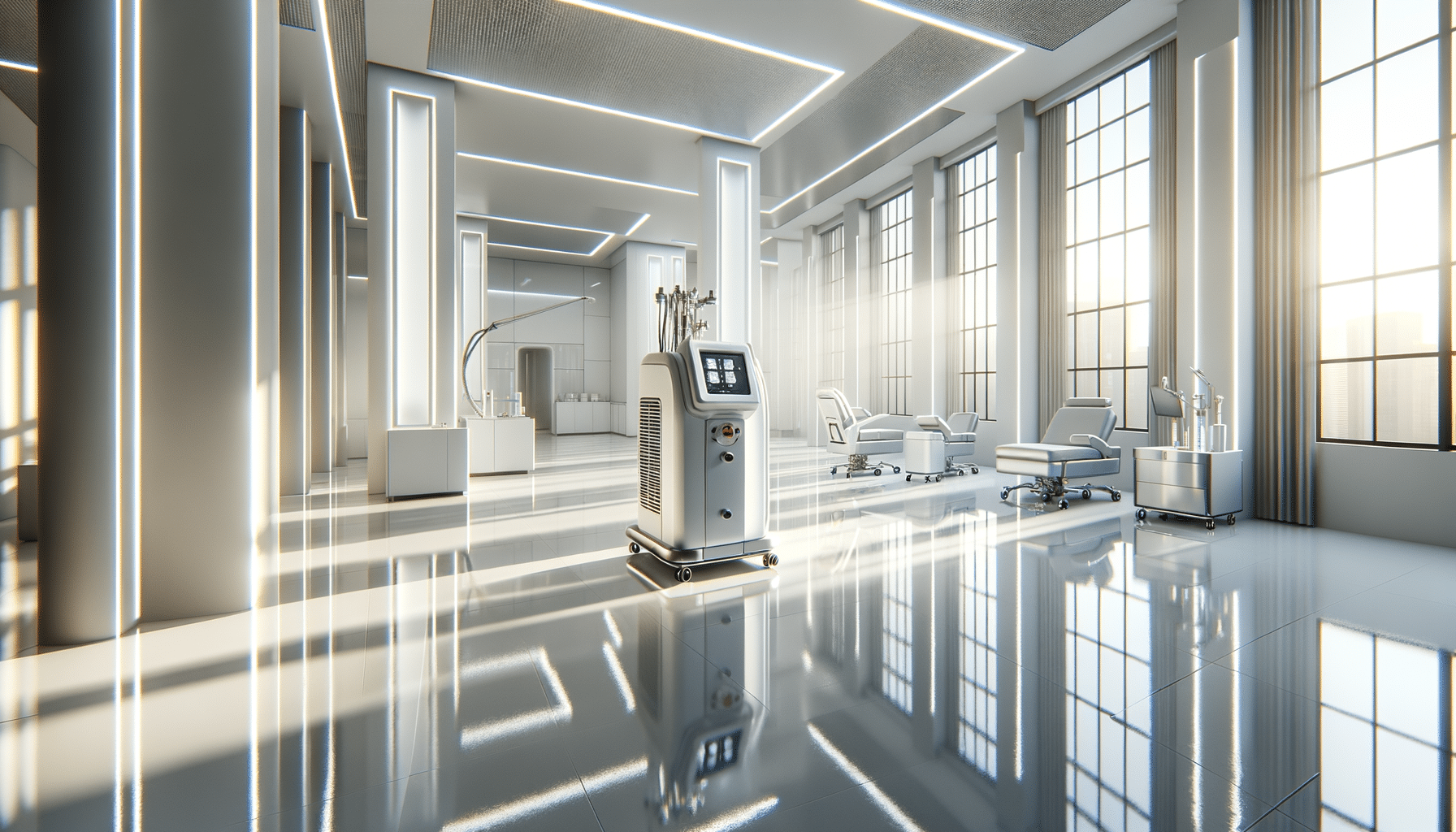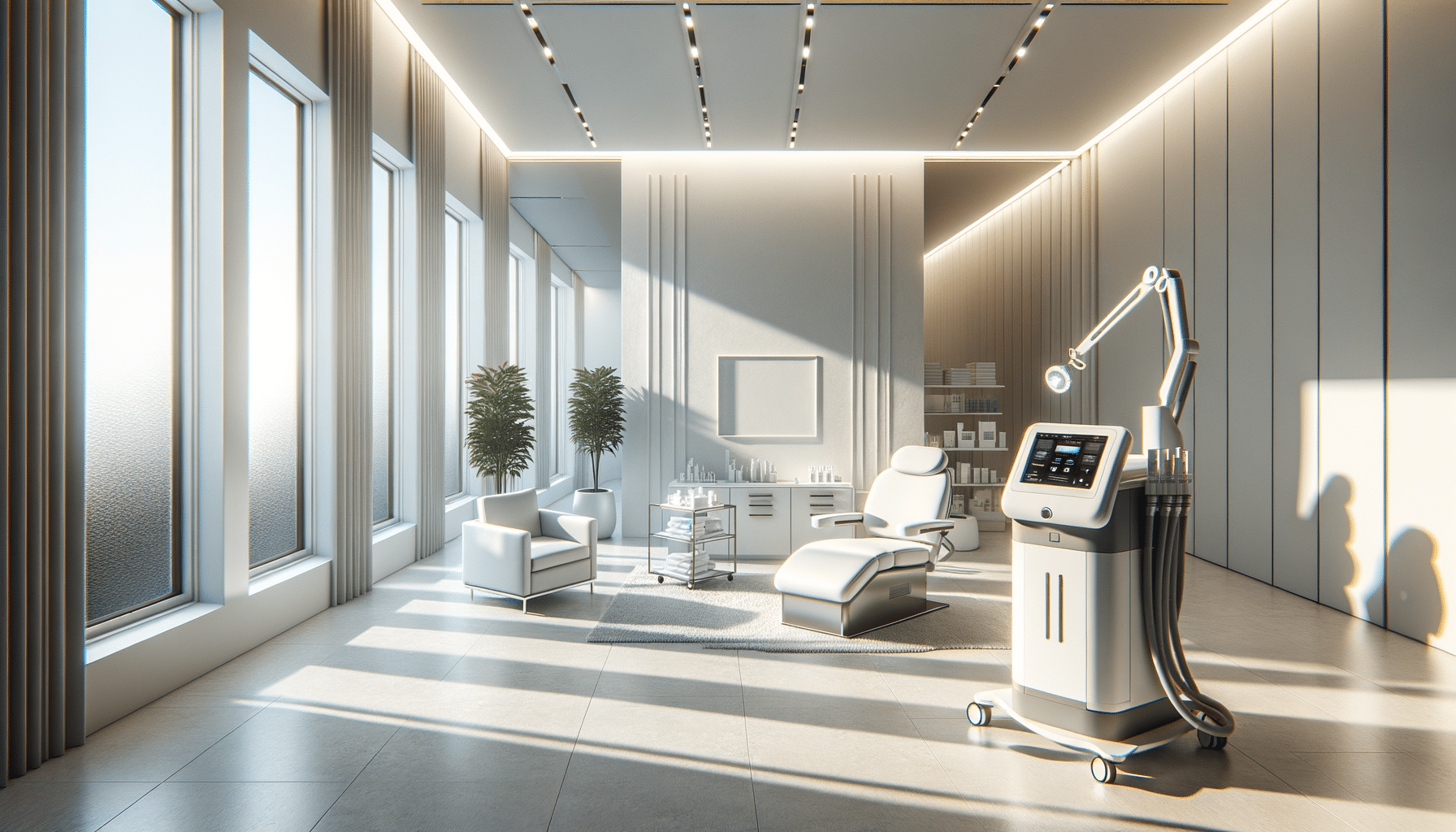
Non Invasive Laser Facelift Treatments Explained
Understanding Laser Treatment for Facial Rejuvenation
Laser treatments for facial rejuvenation have become increasingly popular as a non-invasive alternative to traditional cosmetic surgeries. These treatments utilize focused light energy to penetrate the skin’s layers, stimulating collagen production and promoting cell renewal. The result is a smoother, more youthful appearance with minimal recovery time. Unlike surgical facelifts, laser treatments do not involve incisions or anesthesia, making them an attractive option for those seeking subtle yet effective improvements.
Several types of lasers are used in facial treatments, including ablative and non-ablative lasers. Ablative lasers work by removing the outer layers of skin, which can be effective for deeper wrinkles and scars. Non-ablative lasers, on the other hand, target the deeper layers without damaging the surface, making them suitable for improving skin tone and texture. The choice of laser depends on the individual’s skin type and the specific aesthetic goals they wish to achieve.
When considering laser treatments, it’s essential to consult with a qualified dermatologist or cosmetic surgeon. They can assess your skin’s condition and recommend the most appropriate type of laser for your needs. Additionally, understanding the potential risks and benefits is crucial for making an informed decision. While laser treatments are generally safe, they may cause side effects such as redness, swelling, or temporary pigmentation changes.
Benefits of Laser Treatments for the Face
One of the primary benefits of laser treatments is their ability to address various skin concerns simultaneously. These treatments can effectively reduce the appearance of fine lines and wrinkles, diminish age spots, and improve skin texture. By stimulating collagen production, lasers help to restore the skin’s elasticity, resulting in a firmer and more youthful complexion.
Another advantage of laser treatments is their precision. Lasers can target specific areas of the face, allowing for customized treatment plans tailored to each individual’s needs. This precision minimizes damage to surrounding tissues, reducing the risk of complications and ensuring a quicker recovery. Moreover, laser treatments are typically performed on an outpatient basis, requiring little to no downtime. Most patients can resume their daily activities immediately after the procedure, making it a convenient option for those with busy lifestyles.
Laser treatments also offer long-lasting results. While multiple sessions may be necessary to achieve optimal outcomes, the improvements in skin tone and texture can last for several months to years, depending on the type of laser used and the individual’s skin care regimen. Regular maintenance treatments can help sustain the results and further enhance the skin’s appearance over time.
Potential Risks and Considerations
While laser treatments are generally considered safe, it’s essential to be aware of the potential risks and side effects. Common side effects include temporary redness, swelling, and mild discomfort in the treated area. These effects typically subside within a few days, but it’s crucial to follow post-treatment care instructions to minimize complications.
In rare cases, laser treatments can cause more severe side effects, such as scarring or changes in skin pigmentation. These risks are more likely to occur in individuals with darker skin tones or those with a history of keloid scarring. To mitigate these risks, it’s important to choose an experienced practitioner who can tailor the treatment to your specific skin type and needs.
Additionally, individuals with certain medical conditions or those taking specific medications may not be suitable candidates for laser treatments. It’s vital to disclose your medical history and any medications you’re currently taking during your consultation to ensure the procedure’s safety and effectiveness.
Comparing Laser Treatments to Other Non-Invasive Options
Laser treatments are just one of many non-invasive options available for facial rejuvenation. Other popular treatments include chemical peels, microdermabrasion, and radiofrequency therapy. Each of these options has its own set of benefits and considerations, making it essential to compare them before deciding on the best approach for your skincare goals.
Chemical peels involve applying a chemical solution to the skin, which causes the outer layer to peel away, revealing smoother, younger-looking skin underneath. While effective, chemical peels can cause more downtime compared to laser treatments, as the skin needs time to heal and regenerate.
Microdermabrasion is another option that involves exfoliating the skin’s surface using tiny crystals or a diamond-tipped wand. This treatment is less invasive than lasers and can be a good choice for those with mild skin concerns. However, its effects are generally less dramatic and may require more frequent sessions to maintain results.
Radiofrequency therapy uses energy waves to heat the deeper layers of the skin, stimulating collagen production and tightening the skin. Like laser treatments, radiofrequency therapy is non-invasive and requires minimal downtime. However, the results may take longer to become apparent, and multiple sessions are often needed to achieve the desired outcome.
Choosing the Right Laser Treatment for Your Skin
With various laser treatments available, selecting the right one for your skin can be challenging. Factors to consider include your skin type, the specific concerns you wish to address, and your desired results. Consulting with a qualified professional is crucial in making an informed decision.
Some of the most common laser treatments for facial rejuvenation include fractional lasers, pulsed dye lasers, and intense pulsed light (IPL) therapy. Fractional lasers are ideal for treating wrinkles, scars, and sun damage, as they target small areas of the skin, allowing for faster healing. Pulsed dye lasers are effective for reducing redness and broken capillaries, while IPL therapy is versatile and can address multiple concerns, such as pigmentation, redness, and fine lines.
Ultimately, the choice of laser treatment should be based on a thorough assessment of your skin’s condition and your aesthetic goals. A personalized treatment plan can help ensure the best possible outcomes, enhancing your skin’s appearance and boosting your confidence.


